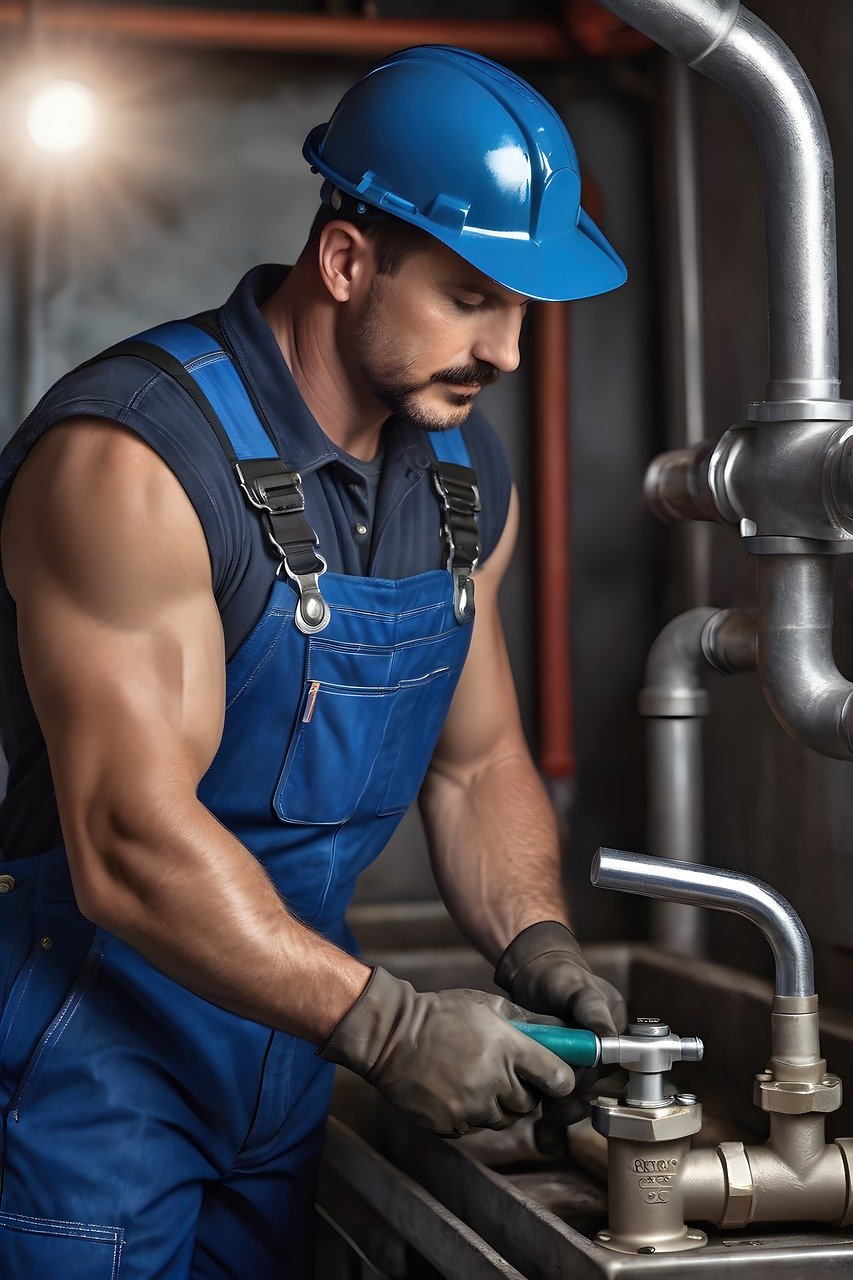The joy of DIY work is gripping, especially when it comes to household repairs. Doing it all yourself, however, comes with a fair share of risks. Plumbing-related ones in particular can leave you with debilitating injuries if you are not careful. To keep you away from harm while twisting and turning under your sink or wrestling with a misbehaving showerhead, this post will take you through seven essential stretches that will do wonders in keeping you supple and injury-free during your DIY sessions.
Introduction to Physical Readiness
Before any physical activity, including plumbing, the body ought to be prepared. Engaging in sporty activities without warming up exposes your muscles to strains which can result in injuries. This applies equally when undertaking manual jobs such as plumbing works around your home. Based on FergusonsPlumbing Customer Feedback, people who engaged in warming up exercises before starting their plumbing repairs often remarked about feeling less fatigued and more efficient in their tasks.
Chest Stretch
DIY plumbing duties often involve bending and reaching out, mainly engaging your chest muscles. To help prevent a strain or injury, a chest stretch is essential. Stand upright with feet apart at shoulder width. Stretch out your arms sideways and gently push your chest forward until you feel a comfortable stretch across your chest and arms.
The Shoulder Shrug
Your shoulders carry the brunt of the work during a DIY plumbing session. A simple shoulder shrug exercise can help minimize the risk of injury by enhancing flexibility. Elevate both shoulders towards your ears while taking a deep breath and exhale as you let them drop.
Squat Technique
Emergency cuts of water supply might require you to repeatedly squat as you fix the issue. Legendary knee injuries can result from this without the right prep. Stand with your legs apart and lower your body as much as you can while keeping your back straight.
Wrist Flexor Stretch
Plumbing work heavily engages your wrists. Wrist flexor stretches help increase flexibility and decrease the potential chances of incurring tendon strains or carpal tunnel syndrome. Extend one arm directly in front with your fingers pointing upwards and use the other hand to gently pull those fingers towards you.
The Spinal Twist
DIY plumbing requires quite a bit of bending and twisting around awkward corners. A spinal stretch will enable these movements to be less taxing on your muscles. Seated comfortably, cross one leg over the other and twist your torso in the opposite direction of your raised knee, applying gentle pressure on the outer side of the elevated knee.
Quadricep Stretch
Your thigh muscles are extensively engaged during plumbing repairs. Stand upright and bend one knee, holding it at a comfortable level behind you until a gentle stretch is felt.
Forward Fold
To avoid muscle strains from repetitive bending, especially in the back, it is crucial to perform forward fold stretches before starting any DIY plumbing project. From an upright position, gradually hinge forward from your hips allowing your upper body to hang towards the floor for a few seconds before slowly rising again.
Closing Note on Stretches
Your health and safety are paramount when handling DIY tasks including plumbing repairs. Regardless of how minor the task appears to be, never underestimate the need for physical readiness. The outlined stretches will not only keep you from encountering injuries but also make your repair sessions more productive and less strenuous. Remember, it is not the intensity of the stretch that matters but its consistency. So always take a few minutes to warm up your muscles before you begin your DIY endeavors.

